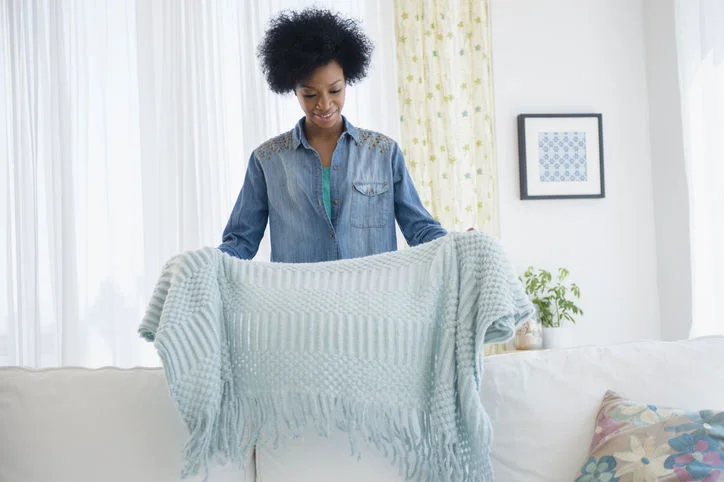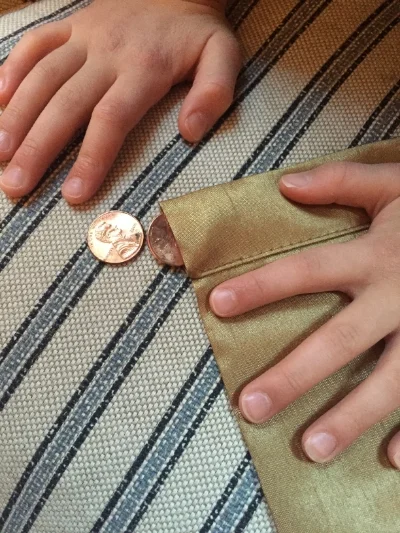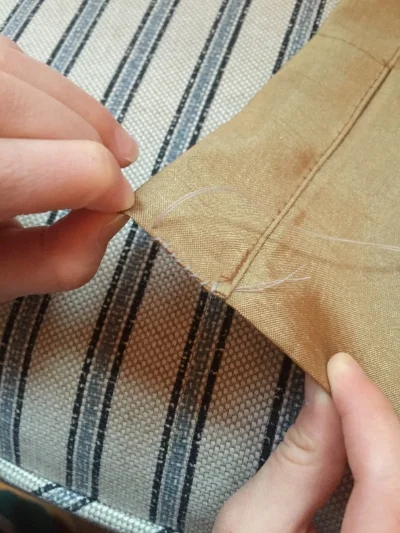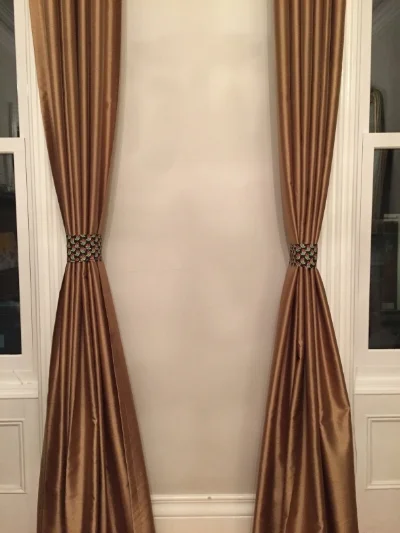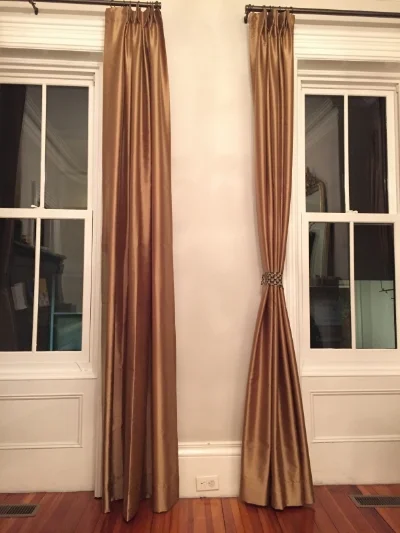I’ve been traveling a lot for work lately, which has my head spinning a bit. So today I’m just going to share one little tidbit of styling know-how that came in handy on set in L.A. last week. It’s a little thing that can have a big impact on a space, both in-person and in a photo.
Working alongside the interior designer Jake Arnold, who created the space we were shooting, I spent last Wednesday morning adding decorative touches to a certain celeb's outdoor spaces to get them photo ready. Our goal was to make it feel finished and stylishly "lived-in.”
After dressing the flat surface of the dining table with a host of trays, pitchers, and other tabletop items, Jake and I stood back and assessed the space. We both agreed it needed a fresh arrangement of flowers or greens to wake up the scene, and blurted out the same conclusion at the same time: ”What this needs is something branchy.”
Our choice: An oversized bunch of eucalyptus branches.
Big, branching arrangements, you see, have a way of transforming a space--they add texture and function as a dynamic focal point. They eye lands immediately on the center of the arrangement, then up and out into the rest of the room. They can bring organic softness to a room full of harsh, modern lines; freshness to an industrial or masculine space; or playfulness to a serious setup. Depending on whether you choose something leafy, like eucalyptus, or floral, like yellow forsythia or pink cherry blossoms, you can bring a calming, invigorating feel to the room or infuse it with a healthy pop of color.
Below is another scene that begged for branches. For this little vignette, I literally scrambled up the (celebrity) homeowner’s freshly mulched hillside and twisted these branches off a tree. As I jumped to grab them, Jake was at the ready with a pair of shears. Not my most glamorous moment… But look how pretty and poetic they look on set!
Click through to my Instagram feed to see these babies in ACTION.
Not convinced of the magic in the big and branchy? Here’s a handful of amazing interior shots I’ve bookmarked recently that show the room-boosting power of a good branch. Try to visualize each image without the arrangement--many of the photos just wouldn't be as interesting without the leaves, twigs, and buds.
Credit: Suzy Hoodless via My Domaine
Credit: Mark D. Sikes
Credit: Daleet Spector via HouseBeautiful
Credit: M. Elle Design via The Handmade Home
The abode of Frank Muytjens of J. Crew. Credit: Elle Decor via 12 Chairs
Source: H&M Home
Funny enough, I was looking at the following shots of Jenna Lyons' much-photographed Brooklyn home, and hey hey! The stylist used the exact same vase of branches in two different shots. It does wonders for both.
Source: Domino
What kinds of branches work? Pretty much anything over 2 feet long, honestly. You can go to a flower shop or floral market and pick up eucalyptus, olive branches, or fruit-tree blossoms like cherry, quince, or almond. If it's late winter, you can even clip the bud-less branches off these flowering fruit trees and force them to bloom early by sticking them in warm water and bringing them indoors. Or you can do what prop stylists often do: Tromp around in the weeds and cut down something with a nice arch and leaf. Just be sure it's not poisonous. Because that'll bring a whole other dimension to the space.
Love leafy, branchy arrangements? What type is your fave?











